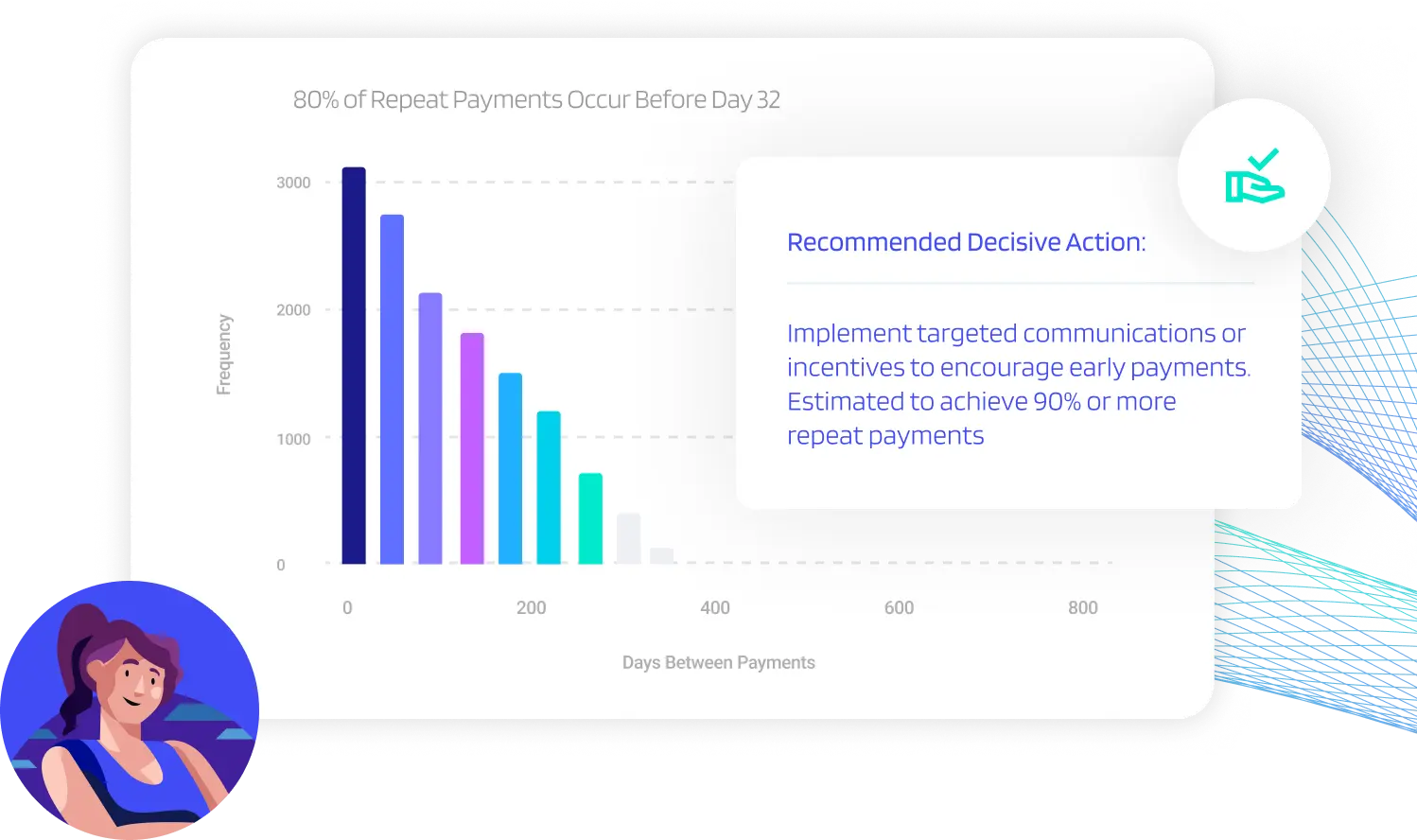
Running a childcare business isn’t just about providing a nurturing environment for children; it also requires strategic decision-making to attract families, streamline operations, and build

Franchising is a popular business model in the sports and fitness industry, with many brands offering opportunities for entrepreneurs to open their own locations. Understanding the budgets and revenue models of these franchises is crucial for anyone considering investing in a sports or fitness franchise. In this blog, we will explore insights into franchise budgets and revenue models, industry reports, and key performance indicators for top franchises in the sports and fitness industry.
According to Entrepreneur.com, 25 of the top 500 franchises are in the sports and fitness industry. If you were to open one of each of these franchises, the initial investment would total $12,727,141. The highest average initial investment among these franchises is $2,606,050, and the lowest is $8,215.
When looking at the average initial investment, we can see how much overspending may occur relative to your peers. For investments over $1 million, an average of 11.29% is paid back to the franchisor. For investments between $500,000 and $1 million, 26.92% is paid back, and so on. The average franchisor revenue from royalties is 42.11%, with 7 franchises not disclosing their royalty revenue.
Key performance indicators are essential for evaluating the success of a franchise. Of the 19 franchises that provided performance data, 7 had enough data to estimate their performance. To be considered a good franchise investment, a franchise should have one or more of the following indicators: average sales of at least $1,000,000, average profit of at least $100,000, and an average sales to investment ratio of 2 to 1.
Looking at these indicators, we can see that only 4 franchises had sales of $1,000,000 or more, with 2 meeting the profit requirement. Additionally, 4 franchises had a sales to investment ratio of 2:1 or greater, with an average ratio of 3.0. Franchises with a ratio of 1.0 or less ranked in the top 10 for initial investment required.
The median initial investment for sports and fitness franchises varies, with Anytime Fitness having a median investment of $299,724.50 and FIT36 with a median revenue of $360,000. The median margin for British Swim is $108,893.
Understanding where the initial investment goes is crucial for franchisees. The top half of franchises spent an average of $72,493, with the majority going towards finance and administration. The bottom half spent an average of $143,099, with a significant difference in finance and administration expenses. Leasehold improvements were a major expense for all franchises, with the bottom half spending nearly 3 times as much on this item.
From analyzing franchise budgets and revenue models, we can draw several key lessons for potential franchise investors in the sports and fitness industry. The size of the initial investment matters significantly, with larger investments generating more revenue but less profit. Franchises that spend more on sales and marketing tend to perform better, as they have more discretionary spending. Achieving breakeven is possible in 4 months with an initial investment below $175,000.
It is essential to understand your potential market demographics before investing in a franchise, as not all markets are the same. Franchises that do not disclose royalty fees tend to perform poorly in sales to investment ratio. By following these key lessons, investors can make informed decisions when entering the sports and fitness franchise industry.
In conclusion, franchise budgets and revenue models are crucial aspects to consider when investing in a sports franchise. By analyzing key performance indicators, median analysis, and where the initial investment goes, potential investors can make informed decisions about which franchises to invest in. Understanding these insights and key lessons will help investors navigate the competitive sports and fitness franchise industry successfully.

Running a childcare business isn’t just about providing a nurturing environment for children; it also requires strategic decision-making to attract families, streamline operations, and build

Data analysis doesn’t have to be complicated. This guide introduces beginners to the basics of data analysis, offering tips on using accessible tools like Excel, Google Sheets, and Power BI. Learn how to collect, clean, analyze, and visualize data, and start making data-driven decisions today. Whether you’re a small business owner or just curious, this guide helps you get started with simple, actionable steps.